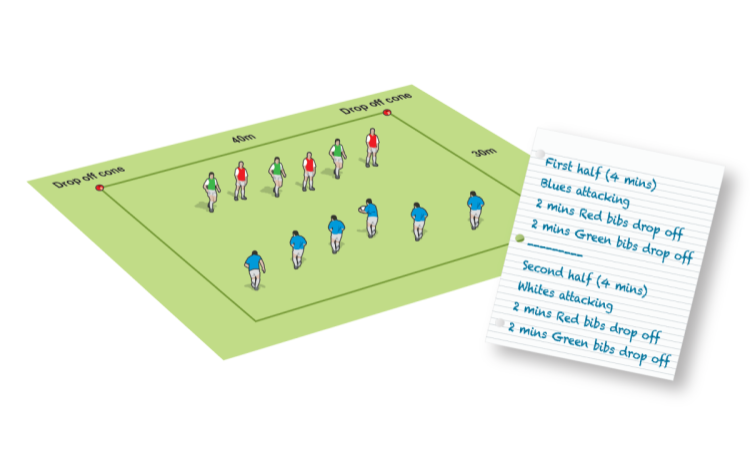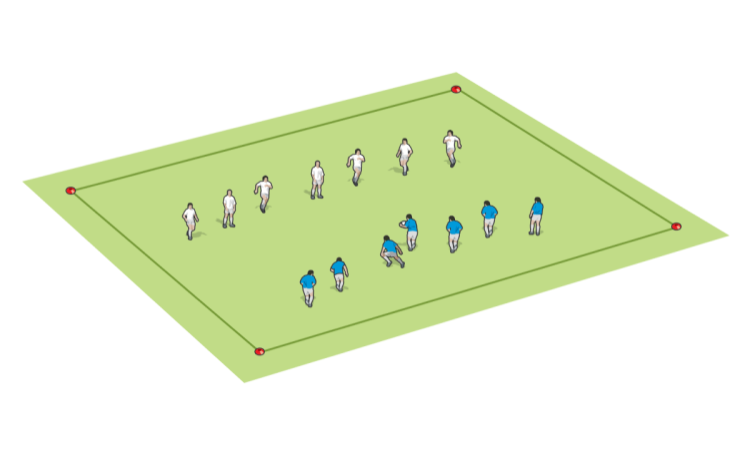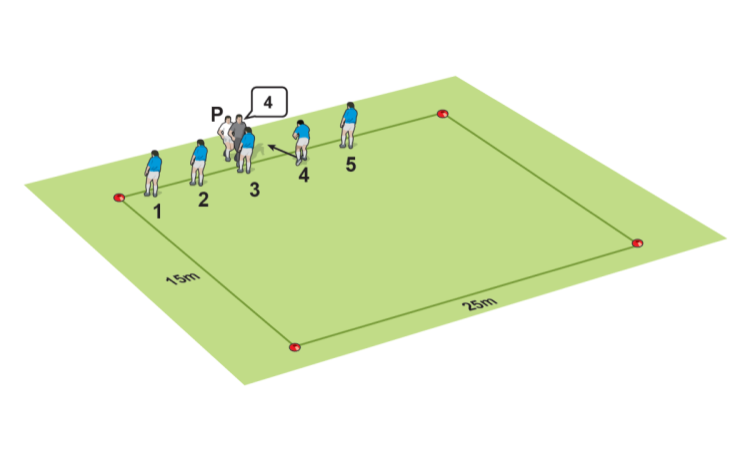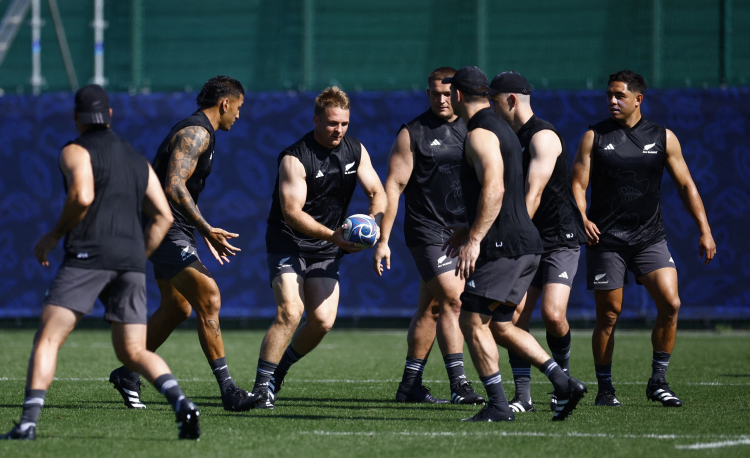You are viewing
1 of your 2 free articles
The standards game
Small-Sided Gamesby Russell Bolton
I've been fortunate enough to have Eddie Jones deliver some sessions. This is the game he started with and it is excellent for reinforcing key messages around core skills or principles of play.

Play a version of touch rugby that your players are familiar with. Choose one or two things from the list below or something that you think is relevant to your players that will result in a turnover.
The key here is to be ruthless in your officiating of when it is a turnover. The loss of possession is a great way to reinforce good habits. It also provides immediate feedback to the players. You should quickly see players adapting as they will want to keep the ball.

As a coach you will want to work with two balls (they don’t have to both be rugby balls). As soon as one ball is “dead” throw the second one in and get the players to return the “dead” ball.
As a coach can you use the second ball deliberately by giving to players who are not as involved or giving it to players in space. Alternatively you could give it to players moving onto the ball or build fitness by throwing or kicking it in behind the attackers.
The game will provide a lot of feedback but when there is a turnover you may want to check for that players understanding with a quick “why was that a turnover?” as the game flows. Alternatively you could task your co-coaches with that role.
Finally, the turnovers can be quite subjective. Make sure the players understand what you are looking for and what impact having those standards will have on the game e.g. catching the ball away from our body means we can move the ball to space in a more efficient way.
HOW TO PLAY

Play a version of touch rugby that your players are familiar with. Choose one or two things from the list below or something that you think is relevant to your players that will result in a turnover.
- Receiving ball player does not catch the ball away from their body.
- Receiving player does not move forward before getting touched or making a pass.
- Support players are not working hard enough off the ball or communicating about space.
- Touched player does not maintain momentum when falling to ground (fall in behind).
- Ball carrier on the ground just places the ball without looking for alternative options.
- Attacking players do not do anything to influence the defence.
COACHING RUTHLESS
The key here is to be ruthless in your officiating of when it is a turnover. The loss of possession is a great way to reinforce good habits. It also provides immediate feedback to the players. You should quickly see players adapting as they will want to keep the ball.
TWO BALLS

As a coach you will want to work with two balls (they don’t have to both be rugby balls). As soon as one ball is “dead” throw the second one in and get the players to return the “dead” ball.
As a coach can you use the second ball deliberately by giving to players who are not as involved or giving it to players in space. Alternatively you could give it to players moving onto the ball or build fitness by throwing or kicking it in behind the attackers.
FEEDBACK
The game will provide a lot of feedback but when there is a turnover you may want to check for that players understanding with a quick “why was that a turnover?” as the game flows. Alternatively you could task your co-coaches with that role.
Finally, the turnovers can be quite subjective. Make sure the players understand what you are looking for and what impact having those standards will have on the game e.g. catching the ball away from our body means we can move the ball to space in a more efficient way.
Related Files
Vol-2-Issue-001-R-Bolton-the-standards-game.pdfPDF, 360 KB
Newsletter Sign Up
Coaches Testimonials

Gerald Kearney, Downtown Las Vegas Soccer Club

Paul Butler, Florida, USA

Rick Shields, Springboro, USA

Tony Green, Pierrefonds Titans, Quebec, Canada
Subscribe Today
Be a more effective, more successful rugby coach
In a recent survey 89% of subscribers said Rugby Coach Weekly makes them more confident, 91% said Rugby Coach Weekly makes them a more effective coach and 93% said Rugby Coach Weekly makes them more inspired.
Get Weekly Inspiration
All the latest techniques and approaches
Rugby Coach Weekly offers proven and easy to use rugby drills, coaching sessions, practice plans, small-sided games, warm-ups, training tips and advice.
We've been at the cutting edge of rugby coaching since we launched in 2005, creating resources for the grassroots youth coach, following best practice from around the world and insights from the professional game.
More from us
© 2023 Rugby Coach Weekly
Part of Green Star Media Ltd. Company number: 3008779
We use cookies so we can provide you with the best online experience. By continuing to browse this site you are agreeing to our use of cookies. Click on the banner to find out more.












